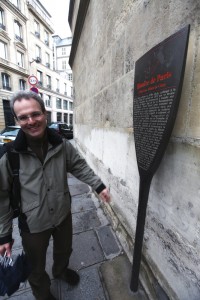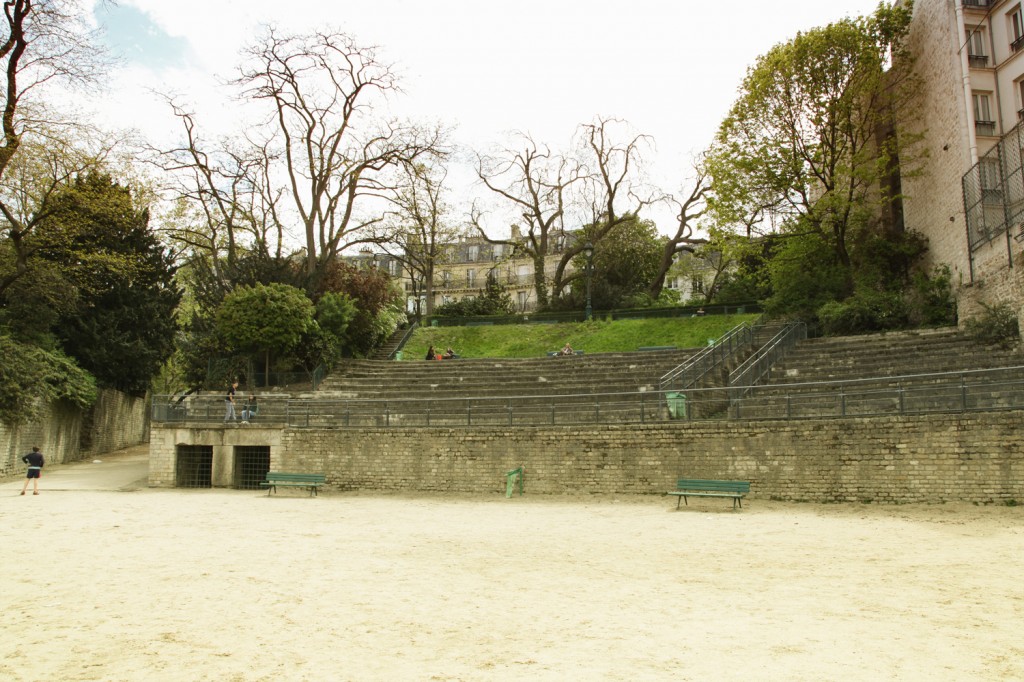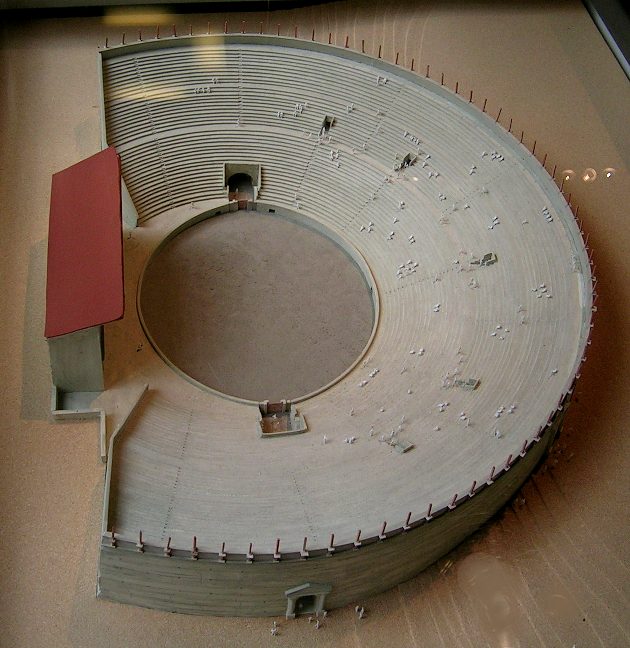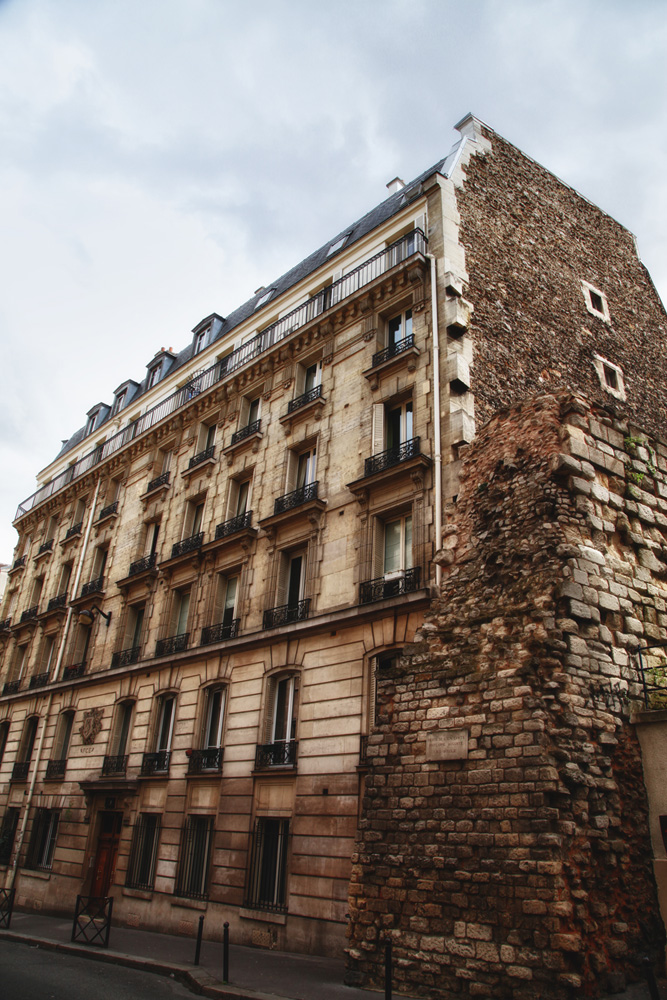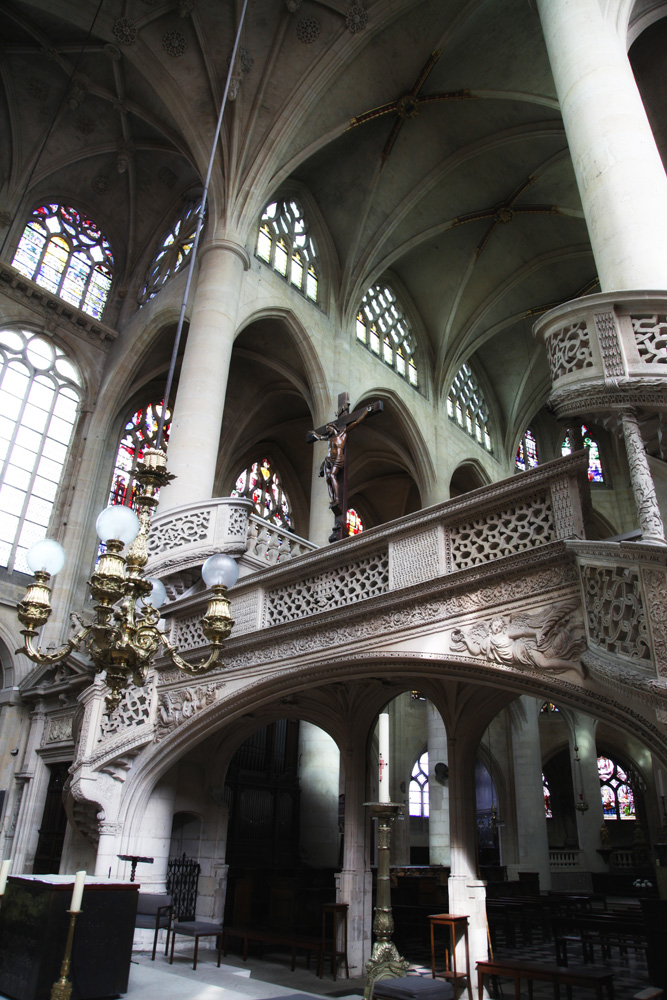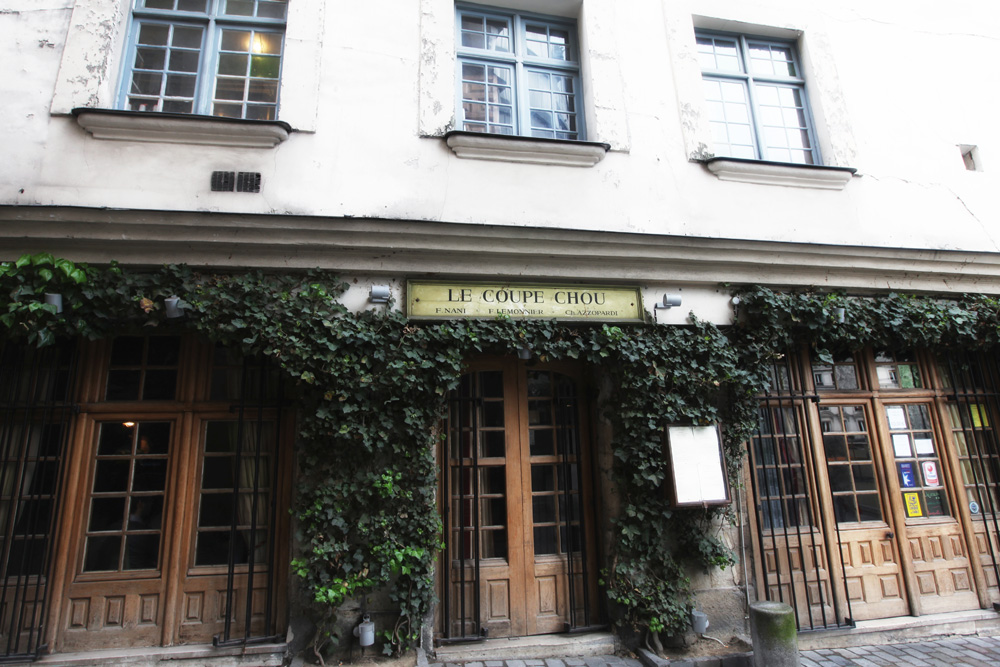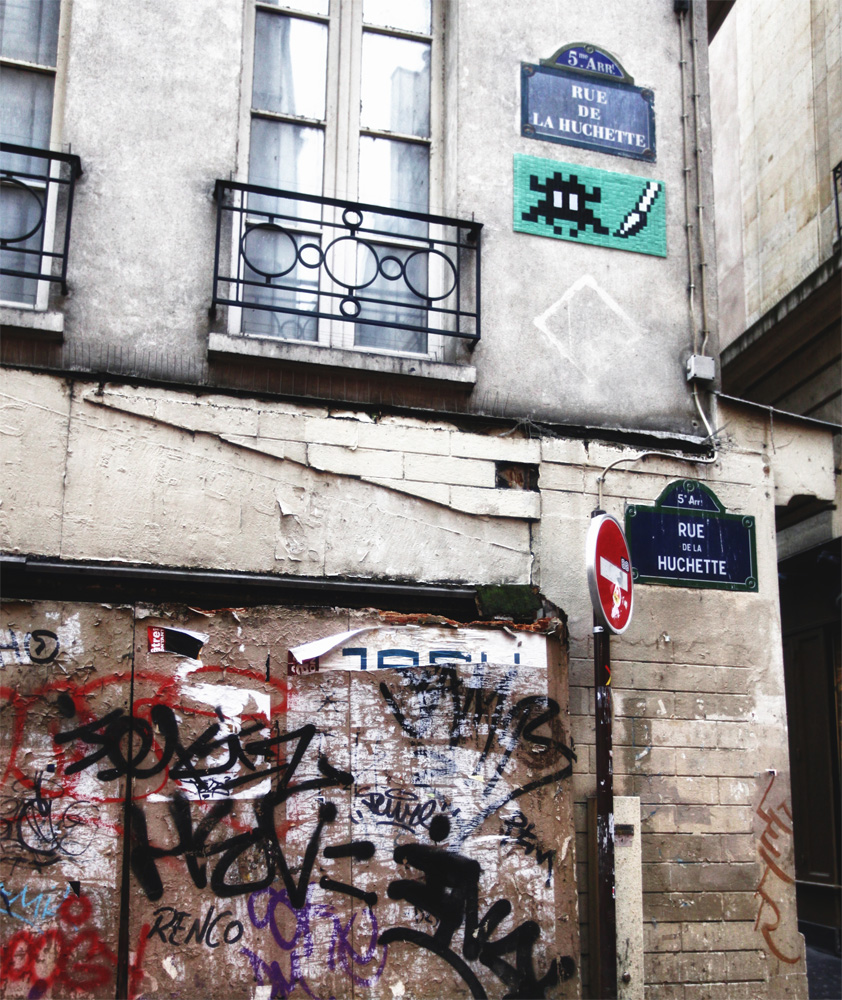Paris Greeters – When you’re all alone in Paris!
So, I find myself in Paris for the first time. Alone. (Need the backstory? Read the last post here.)
My natural tendency is to avoid group tours or anything super touristy. I can’t stand getting herded on a tour bus to be carted around to go-to attractions for rehearsed descriptions that barely scratch the surface of what we’re being shown.
I do, however, love the whole process of investigating a new destination. I love researching first-hand accounts, TripAdvisor.com and other online resources. This process always seems to surface the sights and attractions that interest me the most. Creating my own itinerary has always been the way to go.
Since this was a trip of firsts, I decided to break from tradition. My good friends, Yai and Javier Moreno, used Paris Greeters during their trip to Paris in 2010. (Incidentally, they got engaged in Paris. Lovely mugs here.) I decided to give it a shot and signed up on the Paris Greeters website.
Paris Greeters is part of an international network known as Global Greeters. Volunteers, who have a passion for their city or locale, make up the back-bone of the Greeters network. On top of that, the service is absolutely FREE! A donation is welcome, but not necessary. Signing up gets you paired with a “greeter” who speaks your language. In addition, you can specify your interests – things like architecture, food, culture, history, shopping, public gardens, government sites and so on.
My first day in Paris was spent catching up on sleep, visiting the Louvre and figuring out how to order a croissant and coffee in French without embarrassing myself. Given that I had only three days alone before Joyce returned to Paris from her business trip, I wanted to maximize my lost-guy-in-Paris experience to the fullest! Paris Greeters provided that fulfillment on my second day.
My assigned greeter, Emmanuel, met me at 2pm on April 26th in Quartier Latin (the Latin Quarter) of Paris. I hit it off with Emmanuel immediately. He reminded me of my best friend, Thibaut, who also happens to be French. (If you know Thibaut, imagine him hopped up on coffee and you’ll have an accurate caricature of Emmanuel.)
Emmanuel arrived, huffing and puffing, on a beige bicycle. His love for Paris was evident within the first five seconds of meeting him. Hopping off of his bike, while introducing himself and still out of breath, he was eager to tell me that his ride was part of the new bike share program in Paris.
I couldn’t help but be swept up in Emmanuel’s excitement, pride and vigor as we strolled around Quartier Latin, an area of Paris that is home to a number of universities, schools and higher education institutions.
The following are just a few of the notable sights and stories that Emmanuel introduced me to in Quartier Latin:
Les Arènes de Lutèce
Just prior to meeting Emmanuel, I walked by a nondescript structure that resembled a crumbling ampitheater. It was lunch time with people seated on the curved rocky terraced steps, talking and eating. Kids were playing football (err.. sorry, soccer for my American friends!) I thought it was simply a public park space.
I returned with Emmanuel to discover what I had completely missed. The ampitheater, known as Les Arènes de Lutèce, is one of the most important, if not THE most important, remnant of the Roman-era of Paris. The ampitheater dates back to the 1st century A.D. and was once the site of gladiator competitions when Paris was known as Lutèce.
The arena was filled in during the 13th century and later rediscovered in 1860 when nearby Rue Monge was being constructed.
Wall of Philippe Augustus
The Wall of Philippe Augustus was built just prior to the third crusade (approximately 1190-1215 A.D.) to protect Paris. While the majority of the wall is buried or integrated into buildings, remains of the wall are still visible in Quartier Latin on Rue Clovis, just east of the Pantheon.
Saint-Étienne-du-Mont
This church, located right next to the Panthéon, bears the name St. Etienne, but is devoted to St. Geneviève, the patron saint of Paris. St. Geneviève is credited with helping to avert an attack on Paris by Attila the Hun.
The highly ornate church displays a fragment of a finger, the only remains left of St. Geneviève.
Le Coupe Chou
Le Coupe Chou (English Translation: The Cabbage Cutter – a type of barber’s razor) is a restaurant located in Quartier Latin. While I did not eat here, I stood outside the beautiful entrance to the restaurant for ten minutes listening to Emmanuel’s tall tale behind the name of the restaurant.
As legend would have it, a barber slit the throats of unsuspecting students from nearby schools sometime during the thirteenth century. The bodies were then processed into pâté by a butcher who operated his business adjacent to the barber. Voilà! Thus began a low-cost way of sourcing meat!
Unfortunately, according to the restaurant’s website at http://www.lecoupechou.com, pâté isn’t on the menu!
Invader – Notorious Street Mosaic Artist
While walking down Rue de La Huchette in Quartier Latin, I noticed a familiar character beneath the street sign. Being a child of the ’80s, there was no mistaking the colorful mosaic as anything other than Space Invaders!
Emmanuel explained that this was the work of a street artist named Invader.
While the identity of this Parisian artist remains a secret, his work is widely known around the world. Leveraging characters from the Space Invaders game, Invader has installed his “urban” art in over 60 different cities around the world with over a 1,000 space invaders deployed in Paris alone.
A year prior to my trip to Paris, I remember reading a news story about the possible arrest of Invader. (Article here.)
Closing Thoughts
While Emmanuel did guide me through the more popular sights in Quartier Latin, like the Panthéon, it was his proud citing of tales about Latin Quarter history and legends that truly painted a vibrant picture of what I was actually seeing. Emmanuel excitedly pointed out amazing details as we networked through the Quartier Latin – details that you or I would have completely missed otherwise. Things like: The remnants of a pull-loop, on a door, attached to a string that tugs on a bell – a basic doorbell from Medieval times. A pulley at the top of a building – a means for lifting furniture into residential dwellings, also during Medieval times. The one time residence of poet Paul Verlaine and author Ernest Hemingway. The faint outline of a moat on Rue Mouffetard that once surrounded Paris. And countless other stories…
Instead of the allotted two hours arranged for my tour, Emmanuel spent six hours with me in the Latin Quarter. I learned more about Paris in that six hours than I could have exploring Paris for weeks on my own. I highly recommend the use of Paris Greeters, whether you’re traveling in Paris alone, with family or with a group.
Paris Greeters Vitals
Website: http://www.parisiendunjour.fr/index.php?lang=en


